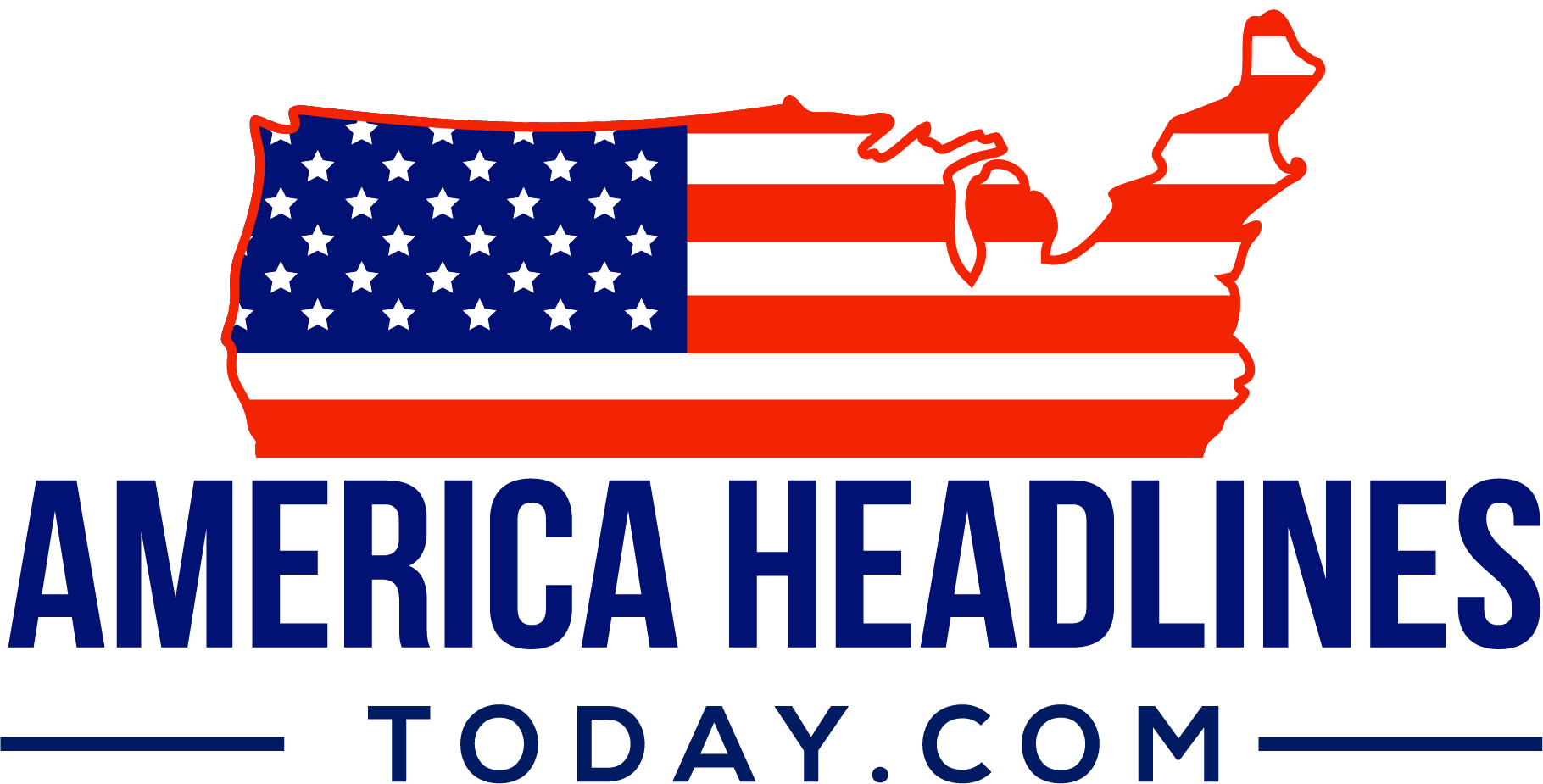U.S. tariffs on cocoa and chocolate imports are crippling American chocolatiers by driving up raw material costs and forcing some to consider relocating operations overseas.
At a Glance
- U.S. tariffs ranging from 10 % to 39 % now target cocoa beans and chocolate ingredients from key sourcing nations
- Canadian and Mexican chocolate companies can export tariff-free under USMCA, giving them a competitive edge
- U.S. small‑batch chocolatiers pay triple commodity prices, compounded by import duties
- Major brands like Hershey may face up to $100 million in quarterly tariff losses
- Industry groups and food giants are petitioning for exemptions on cocoa imports to ease business strain
The Bitter Reality for Chocolate
President Trump’s new trade measures have imposed steep duties on cocoa imports—from 10 % base tariffs to up to 39 % on imports from countries like Switzerland; Ghana; Côte d’Ivoire; Indonesia; and Nicaragua. While intended to protect domestic manufacturing, the tariffs are undermining U.S. chocolatiers already dependent on global supply chains. As one small‑batch chocolate maker candidly put it: “There’s no way for us to source this domestically.” The United States imports nearly all cocoa needed to produce the country’s $4.4 billion confectionery market.
Watch now: U.S. Tariffs Create Opportunity for Canadian Chocolatiers · YouTube
Canadian and Mexican companies gain a cost advantage because USMCA allows them tariff-free chocolate exports regardless of cocoa origin, making their products significantly cheaper than U.S.-made equivalents. Meanwhile, brands producing in the U.S.—including Hershey—face rising costs and supply uncertainty.
Industry Response and Fallout
MrBeast’s Feastables brand announced plans to shift production overseas due to the cost impact of cocoa tariffs, which include a 21 % levy on beans from Côte d’Ivoire. Business heavyweights like PepsiCo, Conagra, and Smucker’s have petitioned the Trump administration for exemptions on cocoa, spices, and coffee to prevent domestic shortages and inflationary pressures.
Public statements from Hershey executives reveal projected tariff exposure could exceed $100 million per quarter, with actual Q2 losses estimated at $15–20 million. Hershey’s leadership confirmed active lobbying for tariff relief due to the impossibility of domestic cocoa cultivation.
The Cocoa Supply Chain Upended
Small chocolate manufacturers like Xocolatl and French Broad factory are already navigating historic commodity prices: cocoa surged from around $2,000 per ton to over $13,000 before tariffs were applied. Tariffs, being percentage-based, amplify the burden dramatically.
The National Confectioners Association notes that U.S. chocolate imports support nearly $2 billion in export activities abroad—trade disruptions could jeopardize that entire value stream. With global supply already strained by labor shortages and weather setbacks in cocoa-growing regions, additional costs may accelerate passing these increases onto consumers.
A Sour Aftertaste
American chocolatiers and food companies say the tariff strategy fails to deliver on its domestic-centric promise. Instead, it inflates ingredients, undermines artisanal businesses, and benefits international producers with trade advantage. As Hershey’s executives and small‑batch chocolatiers alike attest: the policy is hurting U.S. innovation more than it helps it.
Sources
- Trump’s War on Chocolate: ‘There’s No Way for Us To Source This Domestically’ – Reason
- Trump’s tariffs give chocolate makers in Canada, Mexico an edge over US firms – Reuters
- MrBeast says it is cheaper to make Feastables abroad due to tariffs – Business Insider
- U.S. food giants seek targeted tariff exemptions – Reuters
- Swiss chocolate would face 39 % tariffs under Trump’s new trade plan – Associated Press
